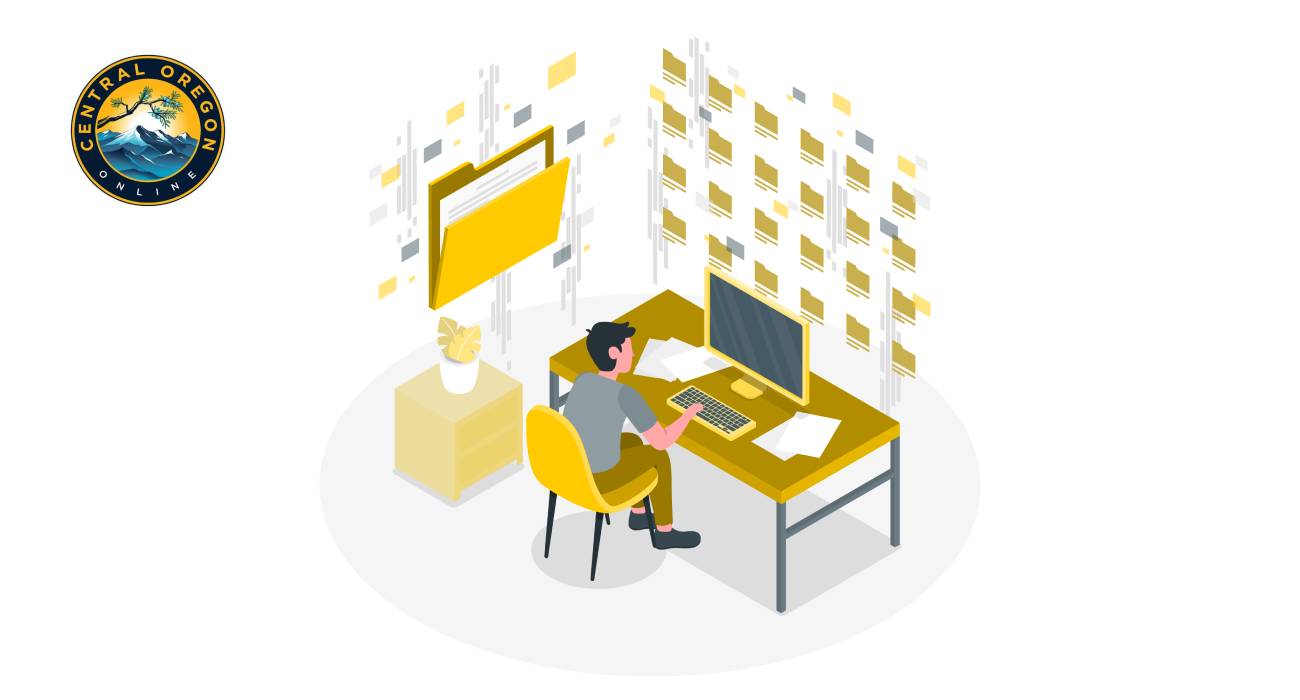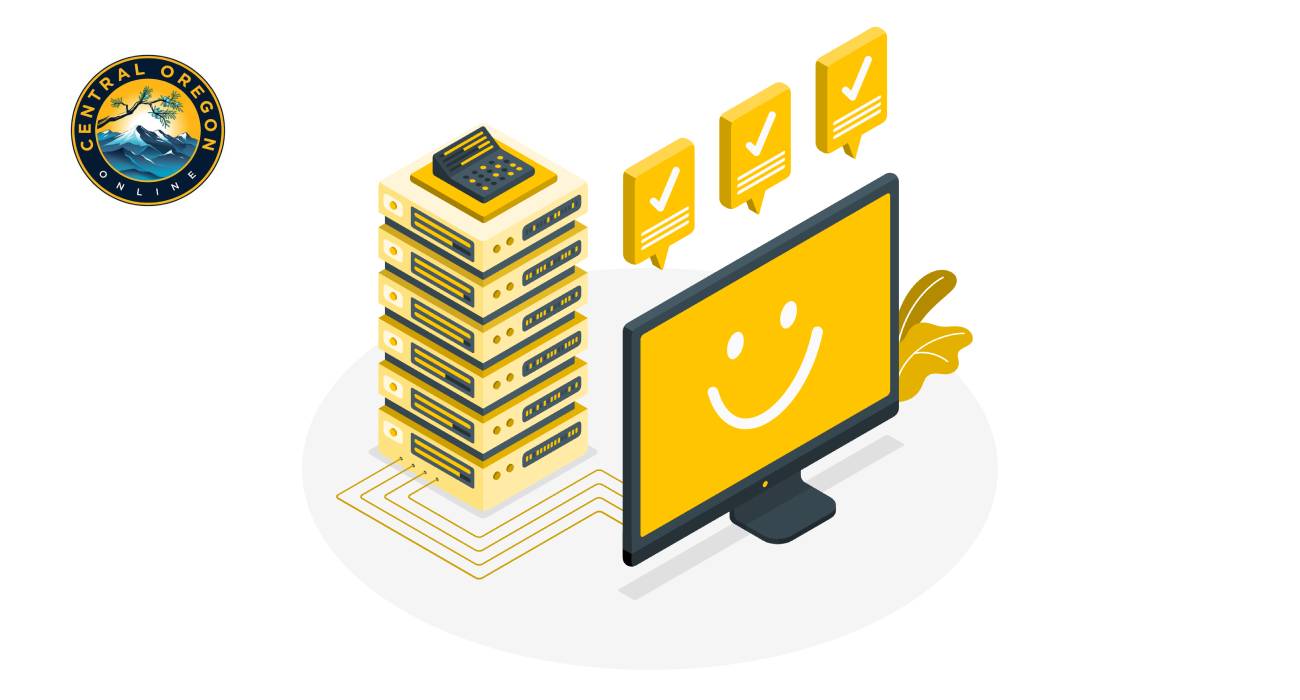
Is Cable Internet Bend Oregon The One For You?
One of the ways to acquire an internet connection is by using a cable internet bend Oregon. Cable internet works over a hidden coaxial cable, it acquires some of cable tv’s signal space, called bandwidth to provide you with high-speed broadband internet.
In this article, we will tackle how does cable internet work and how it differs with DSL web in terms of speed and reliability. These factors will help you decide if you should get one soon.
How Cable Internet Works?
Cable internet service makes use of the same coaxial cable as cable television to provide an internet connection.
To begin with, your internet service provider transmits a data signal, referred to as bandwidth, via coaxial cable into your home, mainly to your modem. This modem then uses an Ethernet cable to link your router or computer, granting you access to fast internet. If you opt for a router, you may then transmit a Wi-Fi signal over your entire home.
Cable internet service providers broadcast data between servers through coaxial cable. Given that a TV itself consumes just a small amount of the cable’s bandwidth, it allows extra space for the service to operate in precisely the same network. Cable internet can disperse speeds equally amongst its users. Yet, if you want faster connectivity, be ready to spend more.
Which is better? DSL or Cable Internet?
DSL is the most widely used form of internet service available. And even though both cable internet and DSL serve identical purposes, there are still a bit differences when it comes to performance and costs.
DSL is another type of internet service that most people are using. It uses landline or telephone jacks to provide internet access. It is relatively easy to install as long as there are DSL provider services in your area.
However, there are issues regarding this type of connection:
- Since most households, these days don’t own a telephone jack, thus, setting DSL is a lot trickier and requires manual hardwiring and drilling.
- The nearer your home to an ISP’s physical location, the better the internet speed and stability you can get.
If neither of the two above issues concerns you, DSL may very well be a viable option for you. However, keep in mind that DSL speeds are typically much slower than cable internet speeds. Yet, the good thing is that is doesn’t share bandwidth with other users and a lot cheaper than cable internet plans.
Pros and Cons of Cable Internet
Pros:
- Up to 1Gbps Speed
- Reliable
- Fairly easy to setup
- Distance to ISP will not impair the connection.
- Vast accessibility
Cons:
- Speeds may slow down during peak hours.
- More expensive for faster plans.
While cable internet provides excellent stability and quick speeds, there are a few little, though, no more than exciting characteristics to be familiar with when considering this form of internet connection.
Cable internet is usually a tad more pricey than DSL service. Most of the time, higher speeds correspond to higher rates, along with better stability if compared to DSL.
Also be informed that rate of speeds is likely to be affected over peak hours, as customers practically distribute bandwidth in the area. On the bright side, due to cable internet’s fast speeds, you’ll most likely attain greater than sufficient download or upload speeds.
To sum it up cable internet is an excellent choice for those people that reside in areas supported by cable ISPs– specifically, if you consider partaking in data-heavy endeavor, like gaming, streaming, or sizeable upload/downloads. Luckily, there are internet providers Prineville Oregon that is conveniently available for you to use.
CATEGORY:Blog




